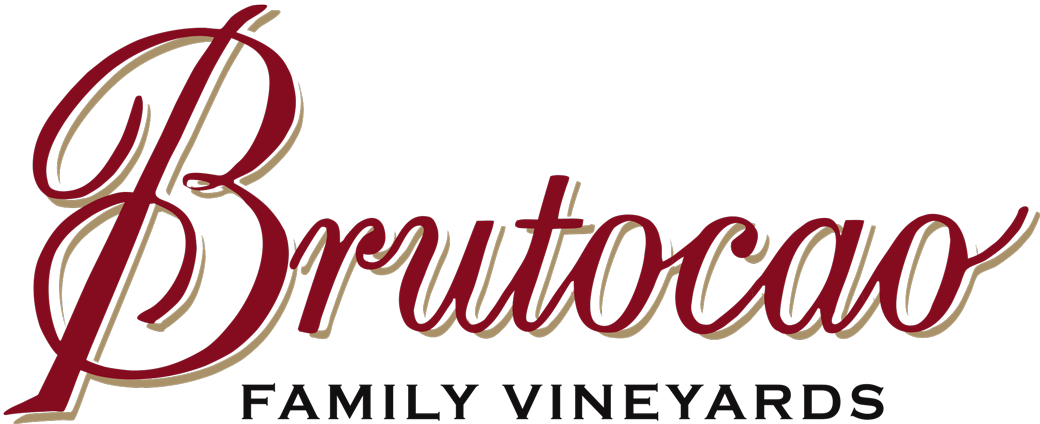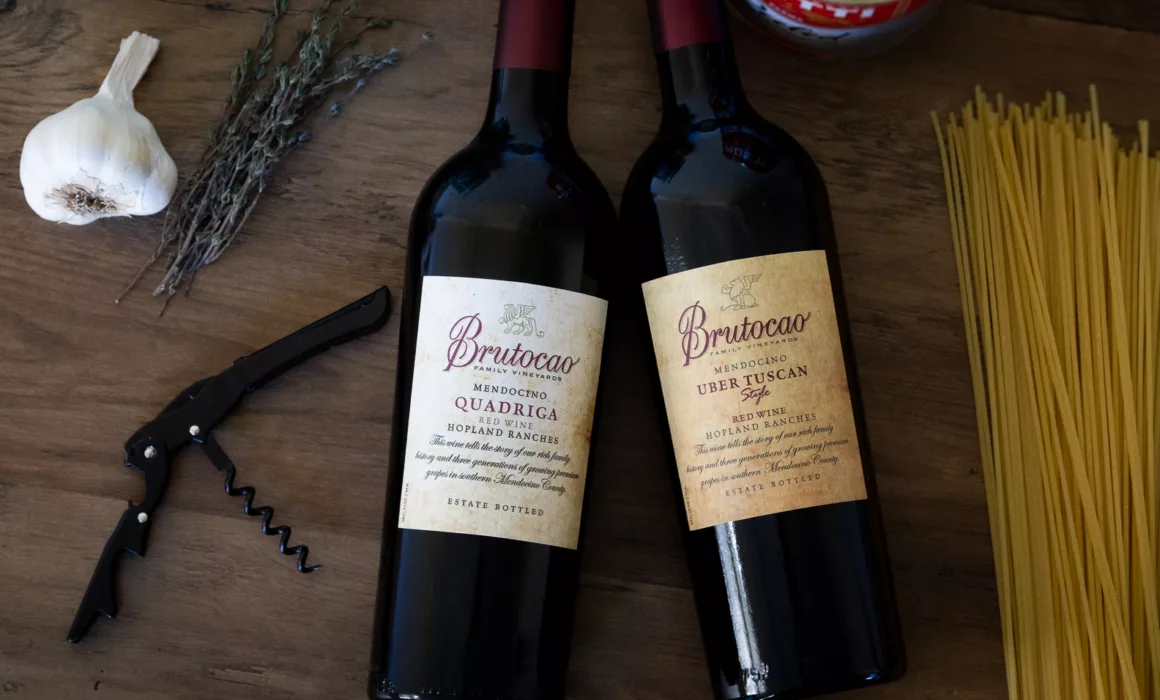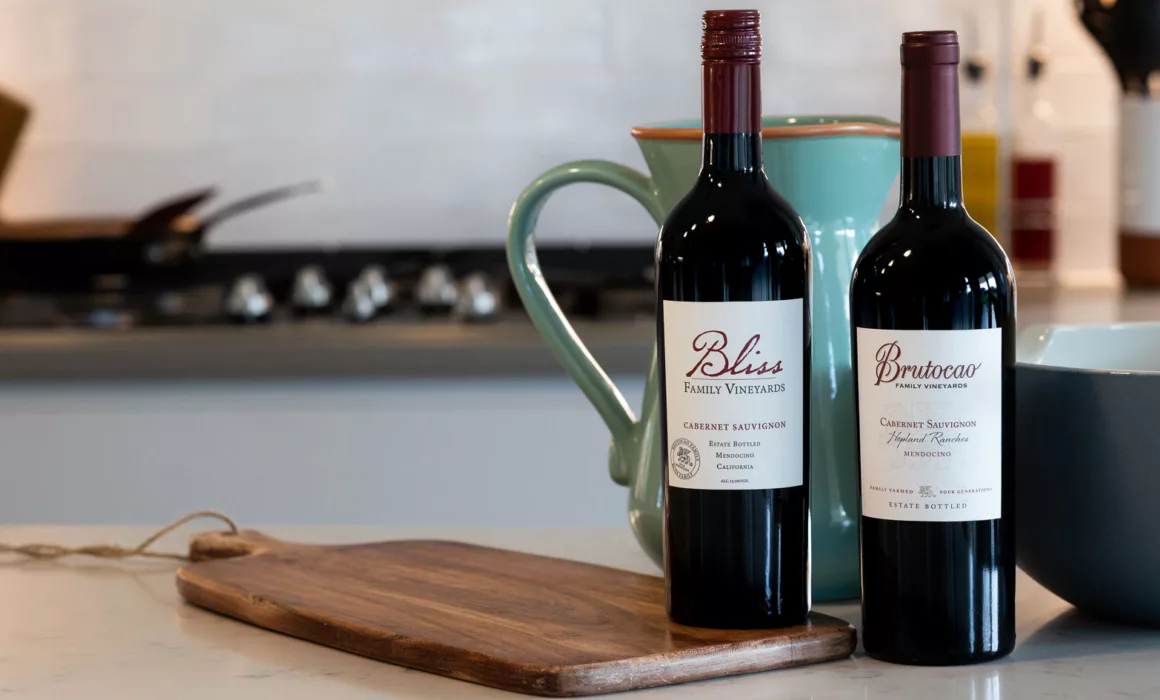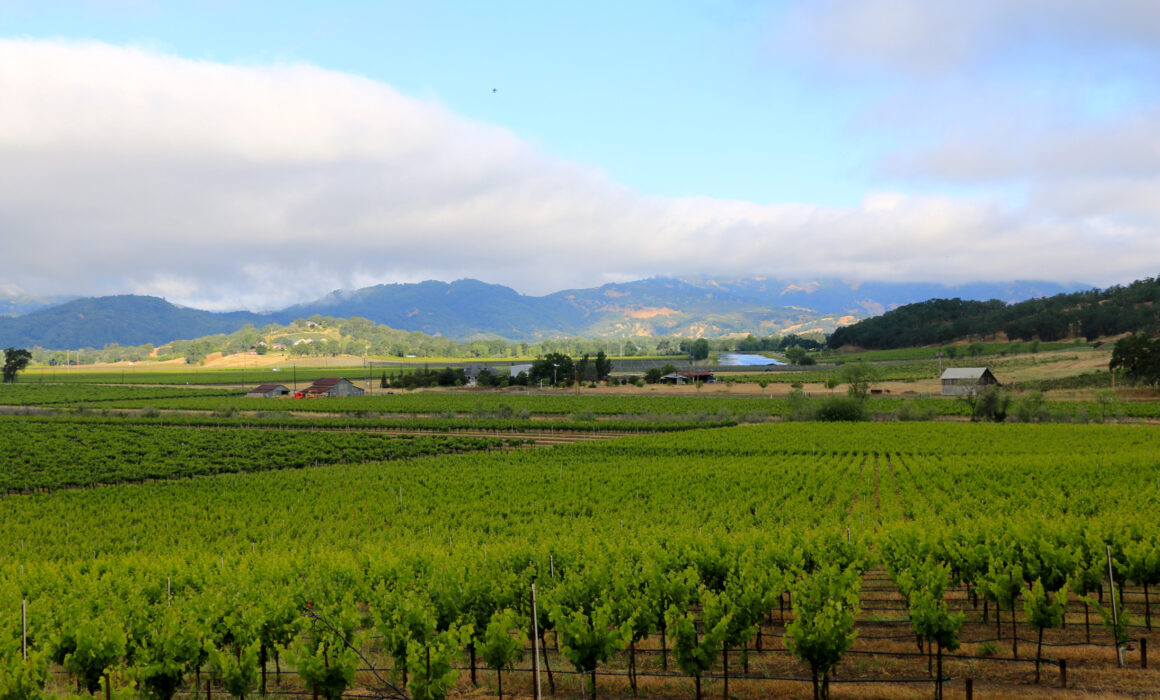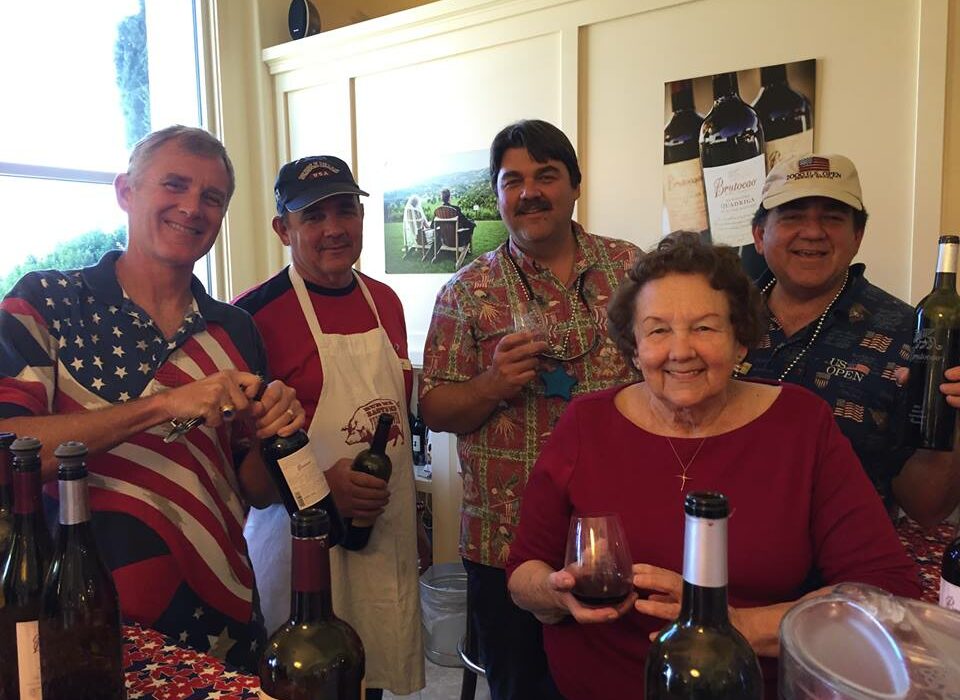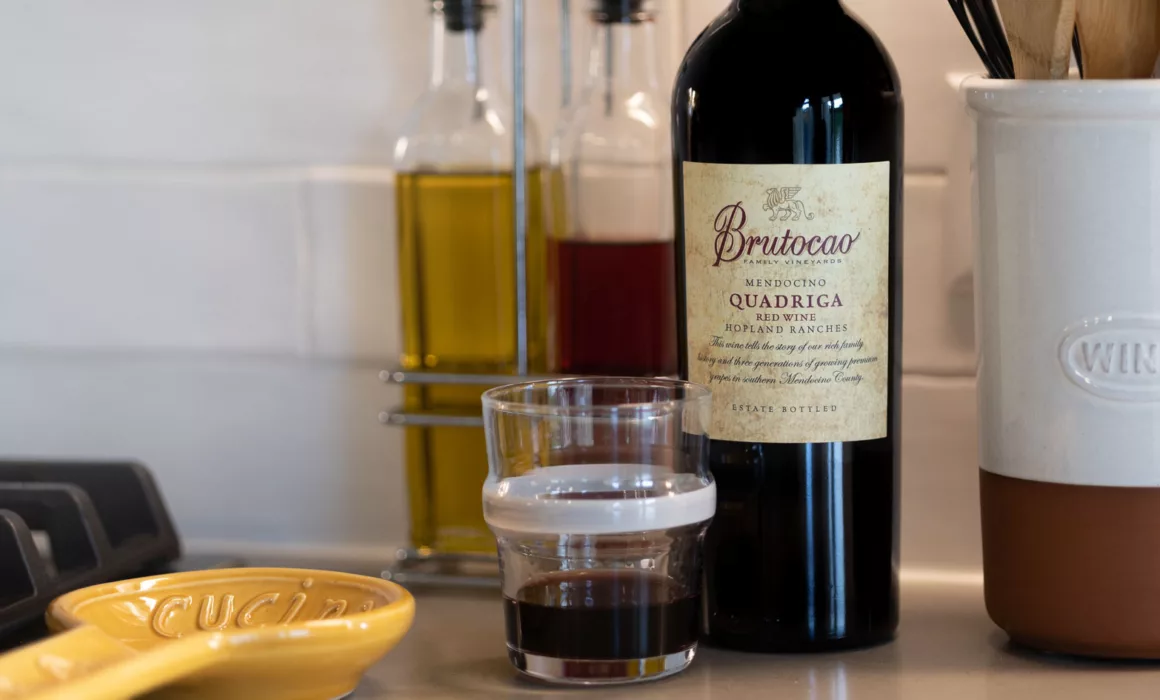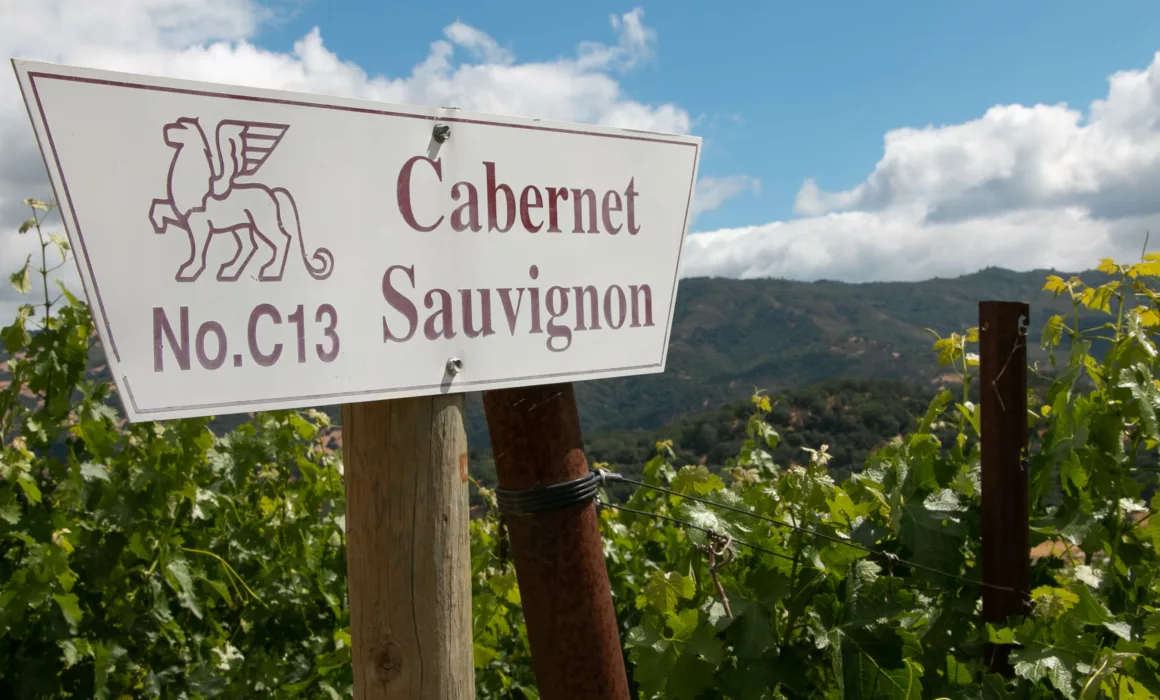Celebrating the Italian Heritage of Brutocao Blends
Celebrating Heritage: The Italian Roots of Brutocao Blends
In the heart of Mendocino County, where tradition and innovation intertwine under the California sun, we at Brutocao Family Vineyards embrace our Italian heritage with every vine we plant and every bottle we produce. Our journey is a testament to the enduring connection between our Italian roots and the unique expression of our vineyards. Today, we delve into the storied history of Super Tuscans and the innovative spirit behind our Uber Tuscan and Quadriga blends, showcasing how we blend tradition with innovation, much like the pioneers of the Super Tuscan movement.
The Super Tuscan Revolution: A Legacy of Innovation
The inception of Super Tuscans in the 1970s marked a pivotal moment in Italian winemaking. Visionary vintners in Tuscany, frustrated by restrictive DOC regulations that stifled creativity and quality, began to experiment. They blended traditional Sangiovese with noble Bordeaux varietals like Cabernet Sauvignon and Merlot, crafting wines that transcended conventional categories. These bold, innovative blends were initially labeled as mere table wines (Vino da Tavola) but their quality soon demanded international acclaim, leading to the creation of the IGT (Indicazione Geografica Tipica) classification, giving these exceptional wines the recognition they deserved. (read more: Understanding DOCG, DOC & IGT – Decanter Magazine)
Uber Tuscan: Embracing Tradition and Excellence
In the spirit of innovation that defines Brutocao Family Vineyards, our ‘Uber Tuscan’ stands as a proud testament to the fusion of tradition and excellence. Launched with our first vintage in 2002, the ‘Uber Tuscan’ is a Super Tuscan-style wine that beautifully marries the Brunello clone of Sangiovese with Cabernet Sauvignon. This blend is a homage to the rich winemaking heritage of Tuscany, where the boldness of Cabernet Sauvignon and the elegance of Sangiovese converge in a symphony of flavors.
Quadriga: A Blend Beyond Borders
Inspired by the pioneering spirit of the Super Tuscan movement, our Quadriga blend is a celebration of innovation and tradition. Comprising Sangiovese, Primitivo, Barbera, and Dolcetto, Quadriga marries varietals from different Italian regions, a blend that would indeed be impossible under Italy’s traditional appellation laws. This bold combination reflects our commitment to crafting unique wines that honor our heritage while embracing the freedom to explore and express the full potential of our estate’s terroir. (Try our 2020 Quadriga – 92pt Editors’ Choice, Wine Enthusiast)
Crafting Wines with Passion and Precision
At Brutocao Family Vineyards, we are guided by the principles of quality, sustainability, and authenticity. Our Italian roots influence not only the varietals we plant but also our approach to winemaking. From the meticulous care of our vineyards to the artful blending of our wines, every step is a reflection of our dedication to creating exceptional experiences for wine lovers around the world.
The Legacy Continues
As we share our wines with you, we invite you to taste the legacy of innovation, quality, and Italian craftsmanship that defines Brutocao Family Vineyards. Our Super Tuscan-inspired blends and the unique Quadriga are more than just wines; they are a celebration of our family’s journey from Italy to the heart of Mendocino County.
